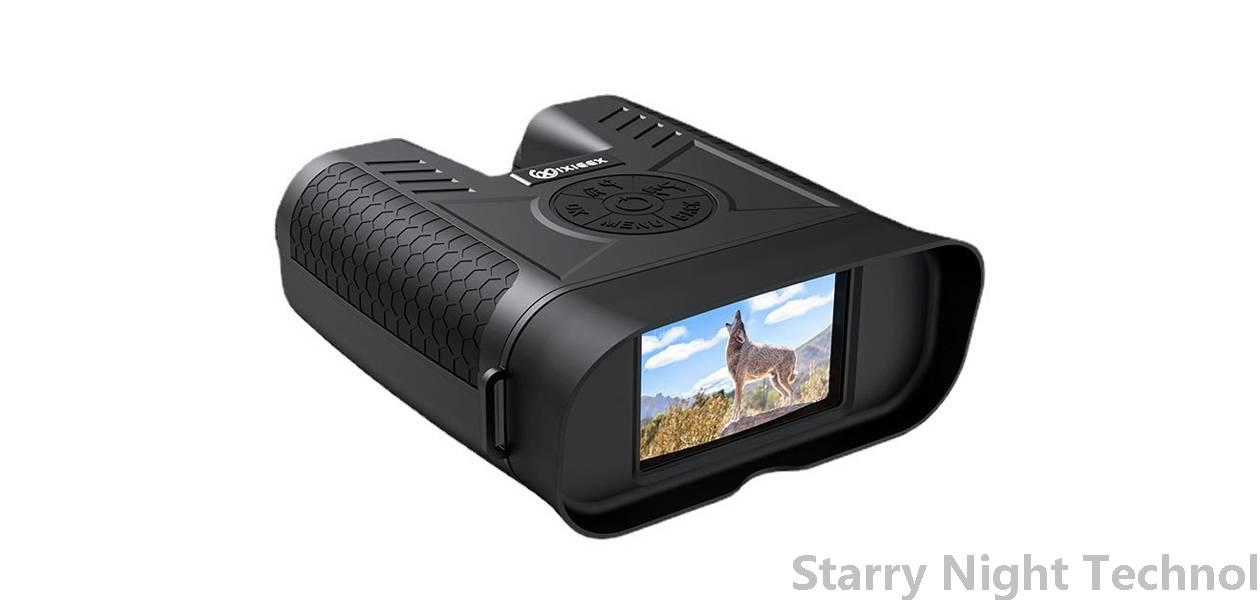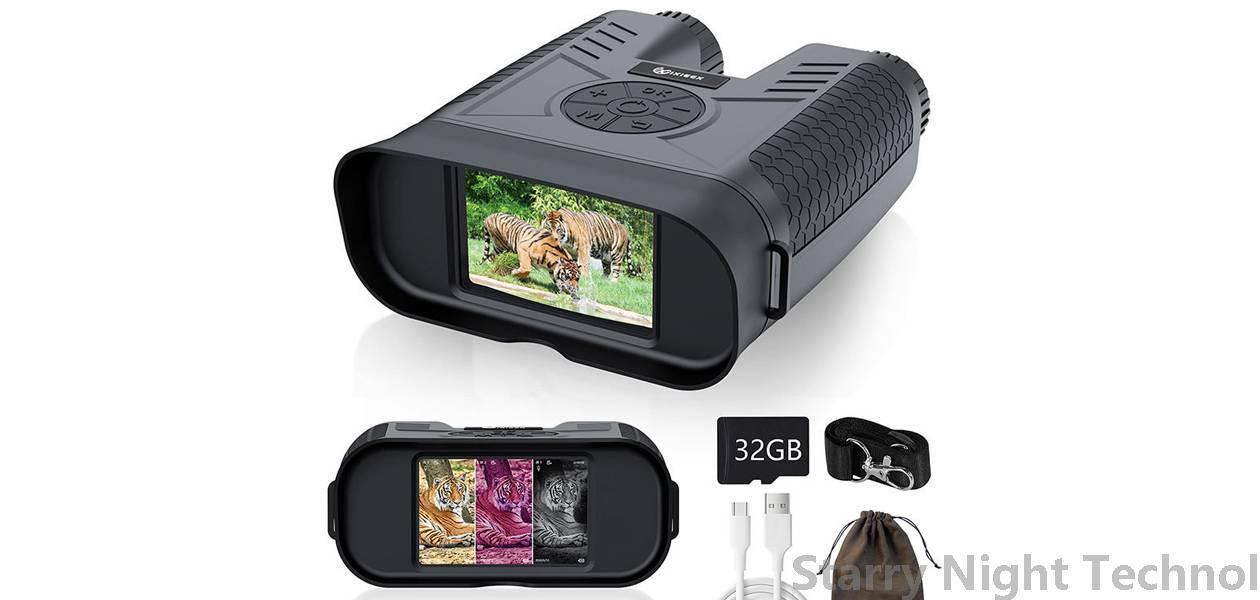The Defender of Aerial Drone Systems: Guardian of the Starlit Sky
1751094013000

In an age where technology evolves at a dizzying pace, aerial drone systems have emerged as pivotal players in a multitude of sectors, from military applications to agriculture and disaster management. As we stand on the cusp of a drone-driven era, the role of defenders of these systems—those who ensure their safe operation and integration into civilian airspace—becomes increasingly crucial. In this high-stakes domain, they emerge as the guardians of what can be described as the starlit sky.
### The Rise of Drone Technology
Drones, or unmanned aerial vehicles (UAVs), have expanded rapidly since their inception. Initially developed for military reconnaissance and now utilized for diverse commercial purposes, drones present innovative solutions to pressing global challenges. From delivering medical supplies to remote areas to aiding wildlife conservation efforts, their capabilities are vast and varied. The global market is expected to surpass $40 billion by 2025, demonstrating the significance of integrating drones into our societal fabric.
However, with every technological advancement comes an array of concerns and responsibilities. Safety, security, privacy, and regulatory compliance are paramount issues that accompany the widespread adoption of these advanced aerial systems. This growing complexity has led to an urgent need for experts known as "Defenders of Aerial Drone Systems," playing a vital role in ensuring these machines operate effectively within established laws and ethical boundaries.
### The Role of Defenders
So, who exactly are the defenders of aerial drone systems? They encompass a diverse field of professionals including engineers, law enforcement officials, aviation regulators, cybersecurity experts, and risk management specialists. Their mission? To uphold safety standards, mitigate risks associated with drone operations, and defend against threats posed to these technologies.
One of the core responsibilities of these defenders is overseeing compliance with regulations governing drone use. In many countries, authorities such as the Federal Aviation Administration (FAA) in the United States regulate UAV flights, setting strict guidelines concerning altitude limits, no-fly zones, and licensing protocols for operators. It’s imperative that defenders stay informed about evolving legislation as drone regulation remains in constant flux.
Additionally, the defenders must address potential conflicts arising from drone operations infringing upon individual privacy rights. With surveillance-equipped drones capable of capturing high-resolution images from miles away, balancing innovation with civil liberties poses a unique challenge. Advocates for privacy protection urge regulators to develop robust frameworks ensuring that drone activities do not infringe upon individuals’ rights to privacy, cultivating trust between the public and emerging aerial technologies.
 As drones become integrated into broader networks—including Internet of Things (IoT)—vulnerabilities multiply. Defenders play a key role in preemptively identifying weaknesses and defending against cyber attacks, which could compromise both drone function and personal data. Malicious hackers could potentially intercept communication signals or even hijack a drone, turning it into a tool for wrongful intent. A dedicated cohort of cybersecurity experts continuously develops countermeasures aimed at protecting drone systems from unauthorized access, ensuring robust encryption methods, fail-safes, and secure operational protocols.
As drones become integrated into broader networks—including Internet of Things (IoT)—vulnerabilities multiply. Defenders play a key role in preemptively identifying weaknesses and defending against cyber attacks, which could compromise both drone function and personal data. Malicious hackers could potentially intercept communication signals or even hijack a drone, turning it into a tool for wrongful intent. A dedicated cohort of cybersecurity experts continuously develops countermeasures aimed at protecting drone systems from unauthorized access, ensuring robust encryption methods, fail-safes, and secure operational protocols.Moreover, the physical integrity of drones must also be safeguarded. Potential threats like hostile entities aiming to disable or capture drones raise alarm bells across various industries, particularly in sensitive sectors like defense and law enforcement. Therefore, integrated anti-drone systems are employed, consisting of detection and neutralization technologies designed to safeguard valuable aerial systems from harmful interference.
### Addressing Environmental Impact
Sustainability considerations cannot be overlooked either. Drones come equipped with electric power sources, reducing carbon emissions compared to traditional aircraft; yet, they still pose challenges related to noise pollution and environmental disruption. Some initiatives advocate for responsible drone deployment strategies and environmentally friendly designs, calling upon defenders to embrace innovations promoting sustainability while maintaining efficiency.
### Building Future Resilience
As advancements continue and drone operations proliferate, building resilience becomes fundamental. Education and awareness campaigns targeting both operators and the general population help demystify drone technologies, fostering a culture of safe usage practices. By equipping communities with knowledge and resources about drones' benefits and limitations, defenders act not just as enforcers but catalysts for positive perception regarding aerial technologies.
Collaboration extends beyond borders too. International partnerships foster cross-border cooperation and share best practices among nations, leading to a coherent regulatory framework needed in our highly connected world. With the advent of global platforms paving the way for shared airspaces, defenders of aerial drone systems will have to remain agile and responsive to overcome international obstacles and differences in operational standards.
### Conclusion
As we navigate through this exciting chapter defined by rapid developments in drone technologies, the defenders of aerial drone systems act as custodians of balance—a delicate equilibrium between ingenuity and responsibility. Their multifaceted expertise ensures that our skies remain open, safe, and equitable spaces for all stakeholders. Like vigilant sentinels, they guard the starlit sky, ready to adapt and respond to protect our most promising technological frontiers amid the opportunities and challenges presented by aerial drones.
Essential Night Vision Devices for TravelStarry Night Technol

